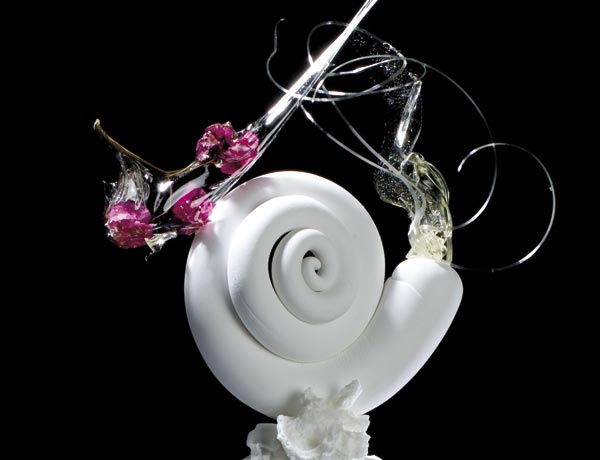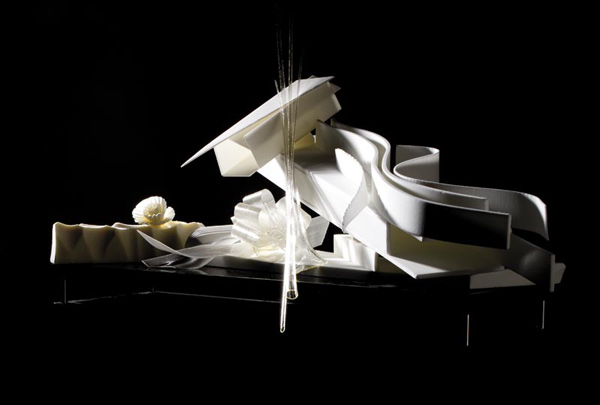
The history of patisserie has run parallel to that of art. Popular poetry during the Middle Ages, La Salle’s, Jean de Meun’s, Chaucer’s and the Archpriest of Hita’s clearly referred to the art of pastry making. Many famous pastry chefs were frustrated artists. Gelée Le Lorrain Claude himself, who is credited with the invention of the puff pastry back in 1635, had wanted to be a painter, but his financial needs forced him to start as an apprentice in a workshop, luckily for the craft itself and humanity in general.
In fact, what comes from the hands of some artisans of sweet can only be considered as true works of art, from the tiniest morsels to large art pieces of sugar or chocolate which can be seen in international competitions. An ephemeral art, as described by Paco Torreblanca, but an art in the end. And an art that appreciates who most interests us, the consumer. We only have to see the fascination that well-presented pastry shop windows continually awaken in any city in the world. Just like 50 years ago.
We could conclude that this artistic and artisan component, that element of magic that comes from skill and dexterity, is one of the main virtues of this trade. The day patisserie loses its artistic side, and therefore its exclusivity, it will lose its soul and its raison d’etre. It will cease to fascinate and consumers will lose all interest.
It is therefore important to encourage all those expressions in which patisserie forgets, albeit temporarily, its commercial aspect. It is then that imagination, creativity and magic appear, and the sweet material becomes colossal works of art. The professional must publicly display their skills and sensitivity, as a painter or sculptor would. It is the best way that consumers perceive the difficulty of making some creations and may well value them in proportion.
If cinema is the seventh art and photography the eighth, patisserie should also take its place among the most beautiful and distinguished human arts, because, like the other disciplines, it produces admiration, appeals to the senses and feelings and also, in a very unique way, causes happiness.
so good #6 editorial [summary]



